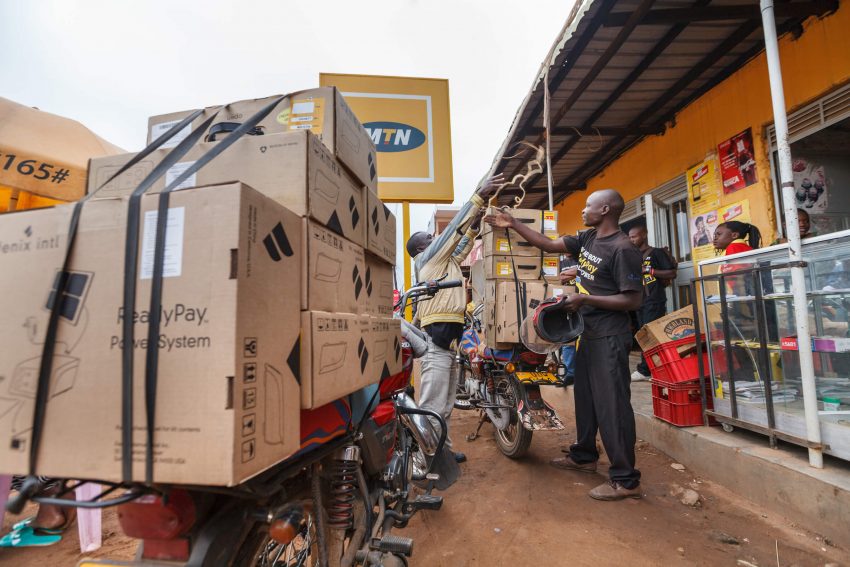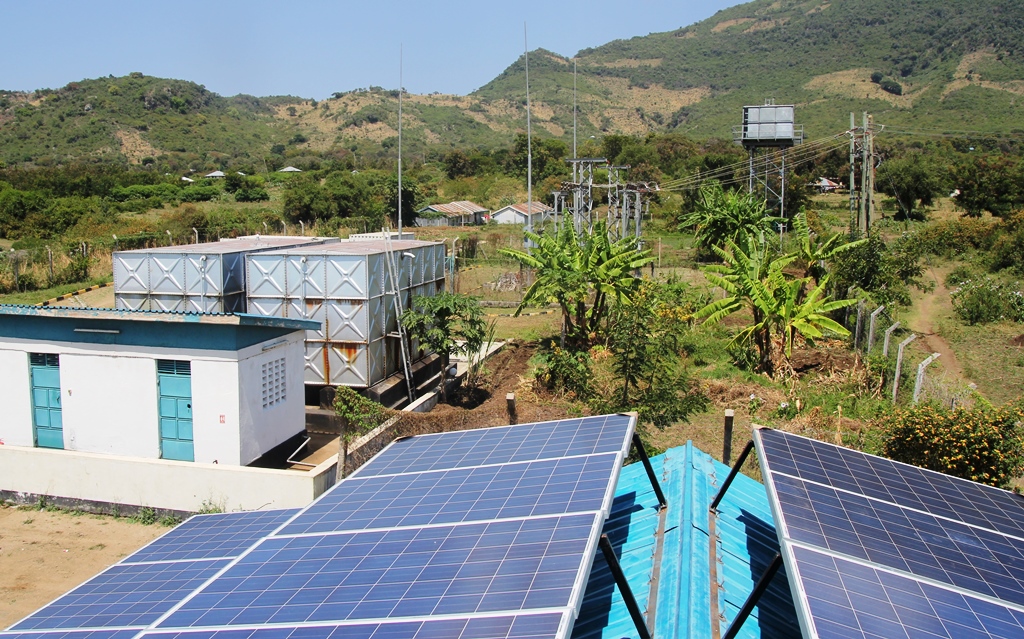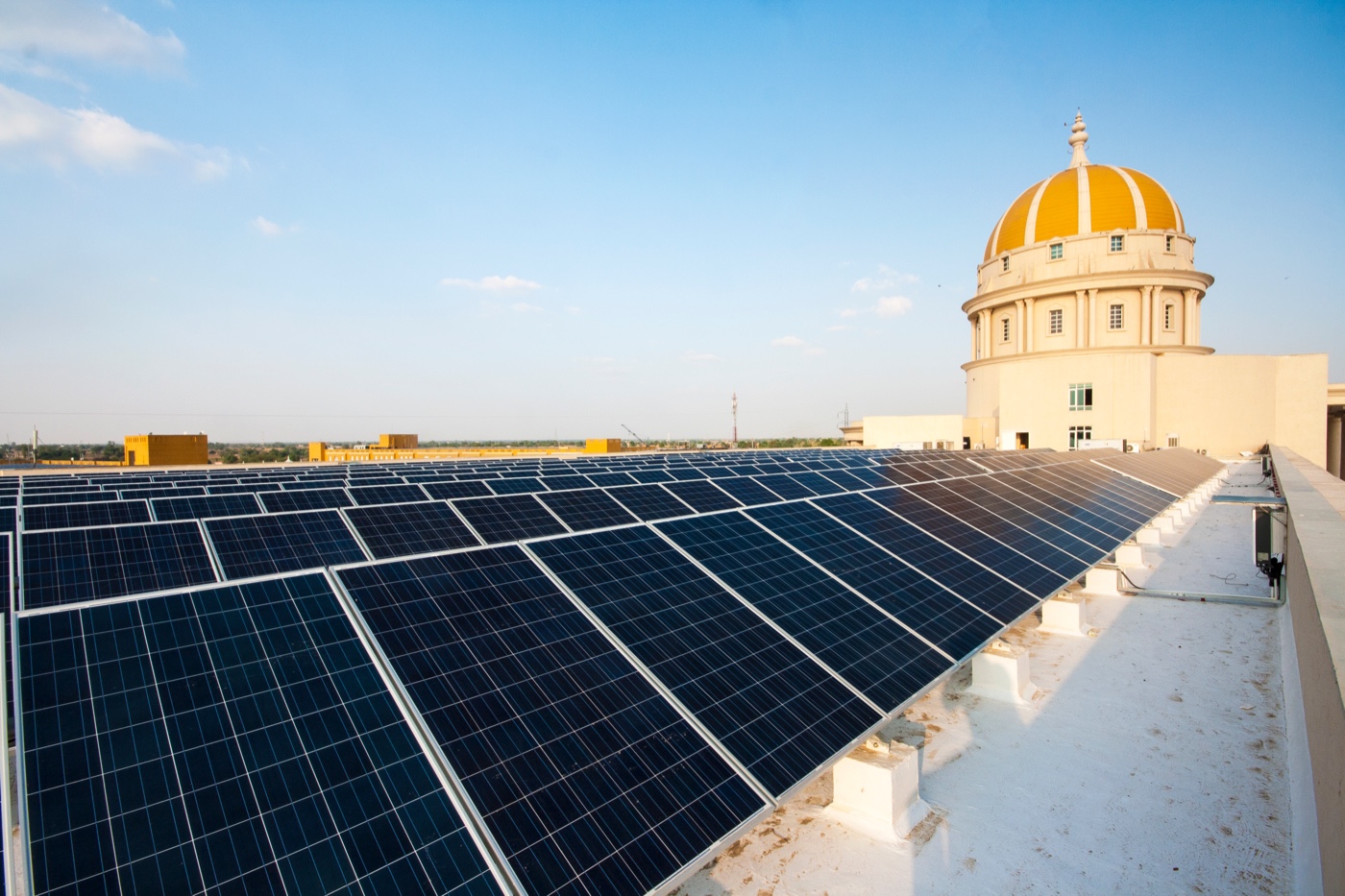Declining costs and improving performance are fueling rapid growth of renewable energy mini-grids, particularly in rural and remote communities and areas. Worldwide, the nascent market for hybrid renewable mini-grids is potentially worth more than $200 billion, according to a new study from the International Renewable Energy Agency (IRENA).
Between 50 and 250 gigawatts (GW) of electrical power capacity is within reach by creating hybrid mini-grids that rely on a mix of renewable and diesel-fueled electricity generation, IRENA highlights in its ¨Innovation Outlook: Renewable Mini-Grids¨ report. That includes autonomous, off-grid hybrid mini-grids and those connected to larger power grids. According to IRENA’s thorough, rigorous analysis:
¨Mini-grids can deliver higher levels of service than solar home systems, fostering productive uses of energy, in addition to basic services such as lighting. In areas with a main grid, mini-grids can be connected to the main grid to provide a more reliable, cleaner and cost-competitive alternative, including for consumers requiring large amounts of power without any supply disruptions.
Tapping Into Local Renewable Energy Resources
Various types of renewable energy resources can be used to construct hybrid renewable mini-grids. Local availability and conditions determine which would serve best, though to date PV solar and battery energy storage technology has been used most to convert existing diesel mini-grids, according to IRENA.

Small hydroelectric and biomass energy systems also hold promise, and they are relatively unexploited despite the existing installed capacity of 75 GW of small-scale hydro and more than 1 million biogas plants installed in rural areas worldwide.
Furthermore, small hydroelectric and biomass power generation offer the benefit of providing constant, baseload power generation throughout the day, IRENA notes, eliminating the need for short-term energy storage. That said, seasonal weather and climate need to be factored into project assessments and systems designs. Local climate change impacts complicate matters.
Similarly, co-locating and integrating small-scale wind and solar power generation in mini-grids offers benefits. Incorporating small-scale wind power generation can complement that of PV solar, but seasonality also needs to be factored into the design of such projects.
Assessing Renewable Mini-Grid Potential
IRENA categorizes, describes and highlights the comparative advantages of autonomous and grid-connected hybrid renewable mini-grids in the following:

Looking ahead, the report authors briefly describe and illustrate a vision of the renewable energy mini-grid of 2025:





